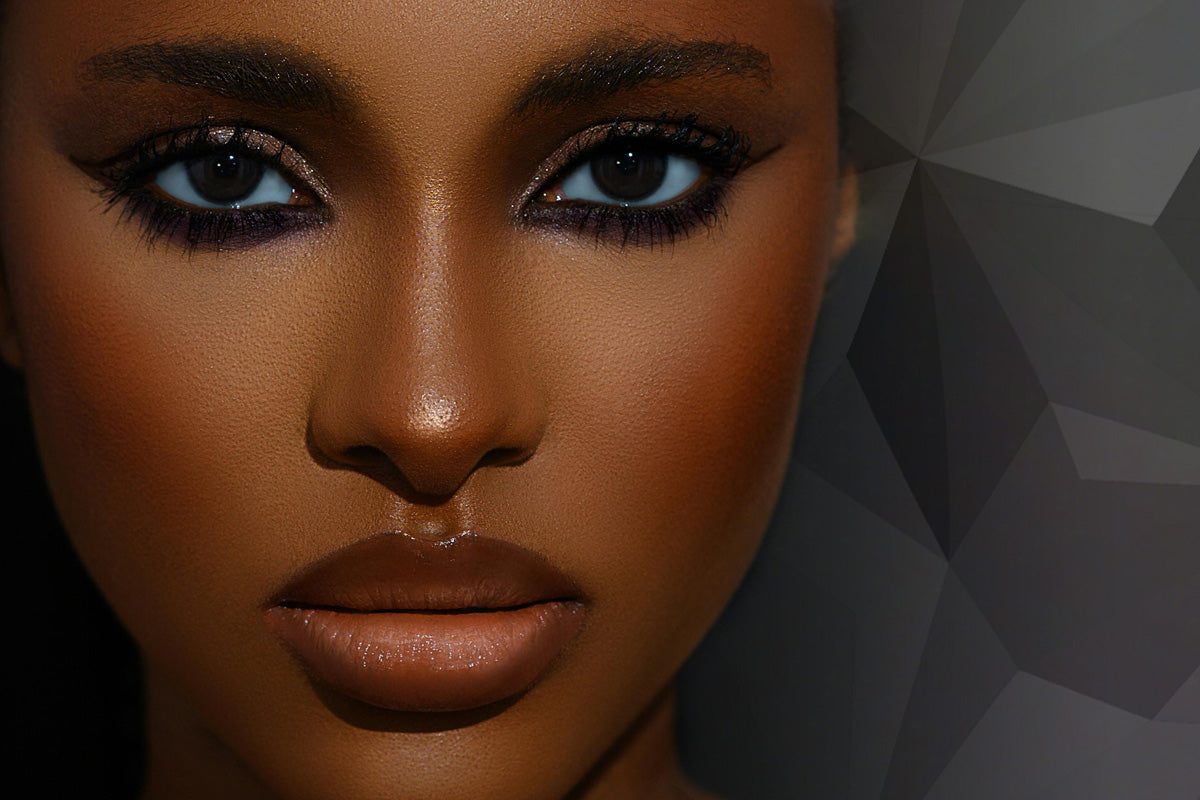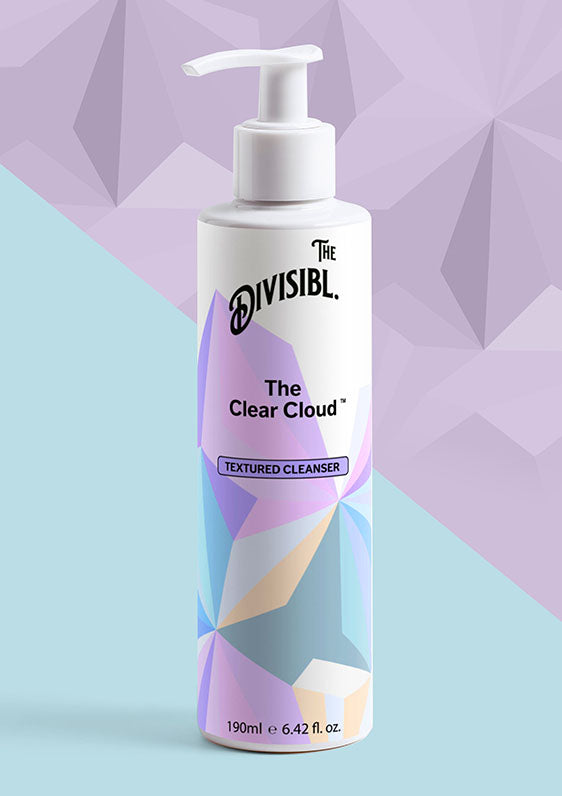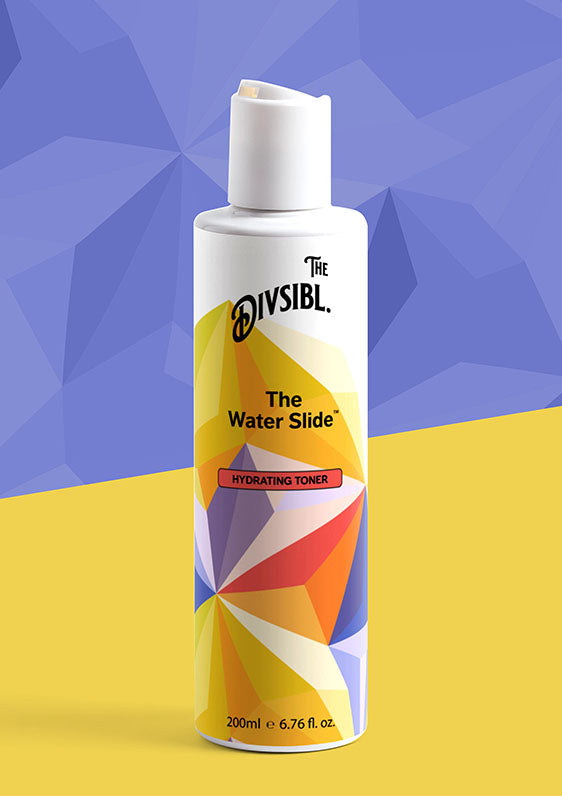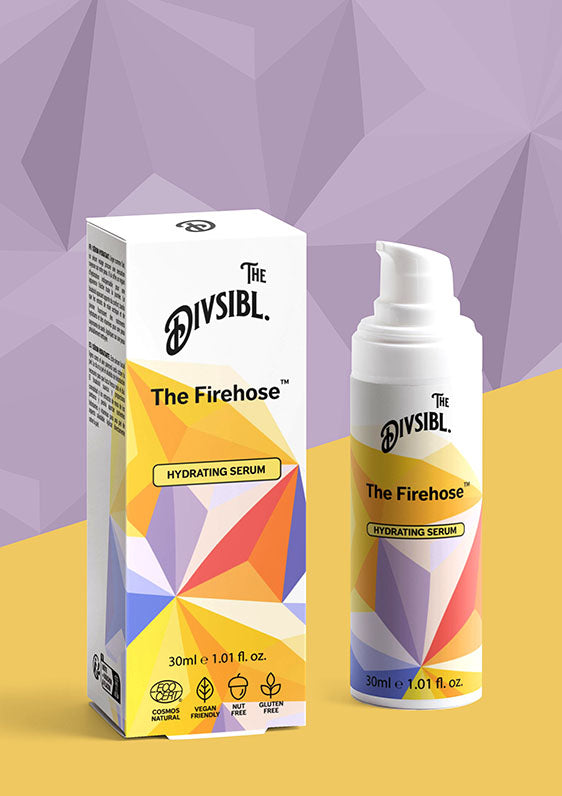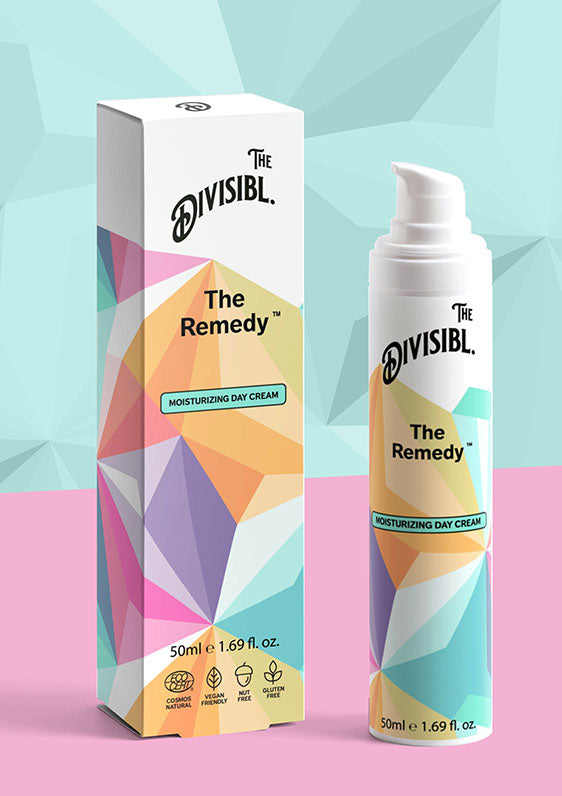For years, the beauty industry has pushed the idea of flawless, poreless, “glass skin”, a complexion so smooth and radiant that it looks almost translucent. Originating from Korean beauty trends, glass skin has become a global obsession, with influencers, skincare brands, and social media filters reinforcing the idea that perfect skin is the ultimate goal.
But here’s the truth: real skin isn’t glassy, poreless, or flawless and it doesn’t need to be. The pursuit of hyper-perfection often leads to over-exfoliation, excessive product layering, and unrealistic expectations that can actually damage your skin rather than improve it.
It’s time to challenge the obsession with glass skin and embrace lived-in, authentic skin, skin that reflects real life, real health, and real beauty.
The Rise of the Glass Skin Trend - Where Did It Come From?
1. The Korean Beauty Influence
The glass skin trend emerged from K-beauty, which emphasizes hydration, layering, and meticulous skincare routines to achieve a dewy, ultra-smooth complexion. Korean beauty standards have long favored pale, luminous skin, influenced by historical ideals of purity and refinement. 
2. Social Media & Filter Culture
The rise of Instagram, TikTok, and beauty influencers has amplified unrealistic beauty standards. Many images promoting glass skin are heavily edited, filtered, or taken in controlled lighting, creating an illusion of perfection that doesn’t exist in real life. 
A viral video by a Korean makeup artist recently exposed the truth behind glass skin, showing how filters and lighting tricks create the illusion of poreless perfection.
3. The Multi-Step Skincare Routine Obsession
Achieving glass skin often requires 10+ skincare steps, including double cleansing, exfoliation, multiple layers of hydration, and consistent use of serums and essences. While skincare can improve texture and hydration, completely poreless and flawless skin is not a realistic goal for most people. 
Why Glass Skin Is Unrealistic - And Potentially Harmful
1. Skin Isn’t Naturally Poreless
Pores are essential for skin function, allowing sebum (oil) to travel to the surface and keep skin moisturized. While good skincare can minimize their appearance, no product can eliminate pores entirely. 
2. Over-Exfoliation & Barrier Damage
Many people over-exfoliate in pursuit of glass skin, using harsh acids, scrubs, and peels that strip the skin barrier. This can lead to:
- Increased sensitivity
- Redness and irritation
- Breakouts and inflammation
3. The Pressure to Look “Perfect”
The glass skin trend reinforces unrealistic beauty standards, making natural skin seem inadequate by comparison. Many people feel pressured to hide imperfections, leading to excessive product use, makeup dependency, and even cosmetic procedures.
Why Real Skin Is the New Standard
1. Skin Is Meant to Have Texture
Real skin has pores, fine lines, and variations, and that’s normal. Healthy skin doesn’t have to be glass-like to be beautiful.
2. Embracing Skin’s Natural Function
Instead of forcing skin into an unnatural state, focus on supporting its natural processes:
- Hydration to maintain elasticity
- Barrier protection to prevent irritation
- Balanced skincare that works with your skin, not against it
3. The Shift Toward Authentic Beauty
More brands and influencers are challenging perfection culture, promoting skin positivity and real beauty. The movement toward unfiltered skin is growing, encouraging people to embrace their natural complexion rather than chasing unattainable ideals.
How to Care for Real Skin - Without the Glass Skin Obsession
1. Focus on Skin Health, Not Perfection
Instead of chasing flawlessness, prioritize skin health:
Hydrate properly: use humectants like hyaluronic acid
Protect your skin: wear sunscreen daily
Exfoliate moderately: avoid over-exfoliation
Embrace natural skin texture: your skin is meant to have pores and fine lines
2. Simplify Your Routine
You don’t need 10+ steps to have great skin. A simple, effective routine is all you need:
3. Stop Comparing Your Skin to Filtered Images
Social media distorts reality. Many beauty influencers use filters, lighting tricks, and editing to create the illusion of perfect skin. Your skin is real and that’s beautiful.
Glass skin may look aesthetic, but it’s not realistic or necessary. Instead of chasing hyper-perfection, embrace real skin, the kind that reflects life, health, and authenticity.
 Korean Beauty Standards and Skincare: The Secrets Behind the Glass Skin Trend - The Korean in Me
Korean Beauty Standards and Skincare: The Secrets Behind the Glass Skin Trend - The Korean in Me
 Glass Skin Trend: Is It Realistic or Just Another Beauty Myth?
Glass Skin Trend: Is It Realistic or Just Another Beauty Myth?


